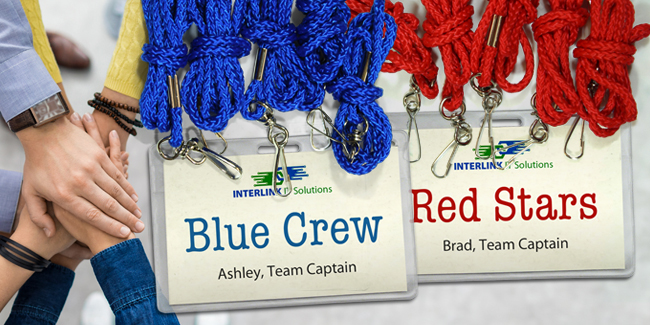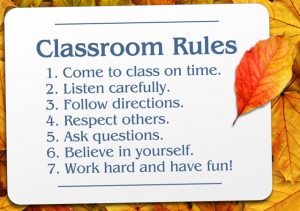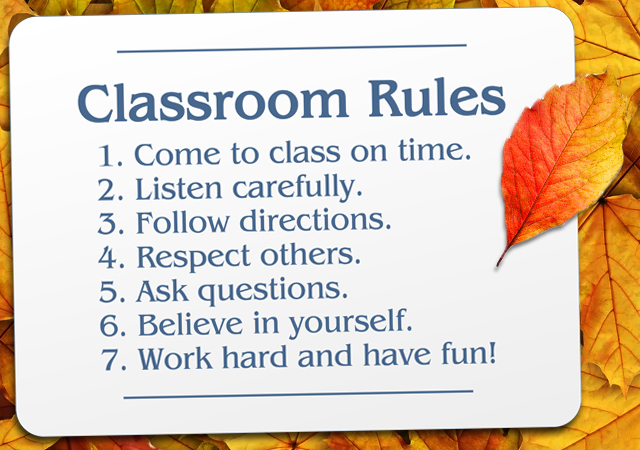Getting the word out about your spring or summer event is easy. From billboards to sponsor backing, finding the right method to promote any event is important. You can use social media, team up with nearby businesses, hold mini events and even provide giveaways. No matter your efforts, your goal is to encourage people to attend and maybe help you spread the word.
With effective promotion, your event will be a success. To get the word out about any upcoming event, you need to reach as many people as you can. One way to do this is by using identification products to promote your event.

One thing identification does well is connect you with your intended audience. These tools also help when promoting your event. Let us help you find creative ways to make these connections. From custom ribbons to event name tags, we have products to help you get the word out about your event.
Event promotion is the process of marketing an event to potential attendees, sponsors and stakeholders to boost attendance and achieve event goals. It requires formulating strategies and tactics that generate awareness and interest in your event to entice your target audience.
Why you should promote any event
Event promotion can increase your chances of success. It can also shine a spotlight on your business, open doors to new opportunities and create connections. Adding products like custom top ribbons and signs to your marketing tools increases your audience’s engagement.
By focusing on promoting your event, you are actively inviting people to attend. You are also working on planning details that will create a memorable experience. A well planned and promoted event will provide networking opportunities that will improve your communication within your business and community.
Catching your guests’ attention
Using ribbons, name tags and more will help any event organizer promote sponsors and exhibitors or products and services. Each identification product can be great marketing tools when promoting your event. From fairs and festivals to every other kind of spring and summer get together, we have an identification tool to help you in promoting your event.
Custom Top Ribbons
Make every fair, festival and other event even more exciting with these fun ribbons. Customize each full color ribbon with edge to edge printing, including graphics, logos, text and even photographic images. Add in messaging about your event like dates, times and even include admission tickets.
Badge Ribbons
Commonly used during events, badge ribbons are great as identifiers for everyone at your event. You can also use them to promote your festival, and communicate with those who will be attending your event. Consider using them for fundraising, prizes and more when you add custom imprinted text.
Ribbon ROLLS
From animals to horticulture, show off your event and them with custom ribbon rolls. Design each ribbon roll with your event logo and message so that everyone will want to stick around for all of the festivities. You can decorate booths and provide extra advertising for your event with these versatile ribbons.
Reusable Badges
Event staff, volunteers and even attendees can be quickly identified with reusable name badges. Print inserts before the day or grab a pen or marker to add names to reusable badges. Choose a style option that best suits your needs and give people identification at your spring and summer events.
custom Lanyards
When you use lanyards at your events, they can act like advertising. Choose from various materials and colors for your next fair, festival or other event. You can even attach badge holders with printed inserts for all of your event attendees, volunteers and sponsors for added identification.
custom Signs
Using stock or custom designed signs for your event will help people see directions and other information. Place these around your venue or use them as you are promoting your event. Recognition products like award plaques are great to present to winners and participants during your event.
Gaining followers and engagement
To get the most people interested in your event, try engaging with your audience by adding custom products to your promotion efforts. Use custom ribbons announcing event dates and times. Provide badge holders with printed inserts prior to attendees coming to your event. And even use lanyards to engage people as souvenirs or handouts.
No matter your tactics, remember to stay in touch with your audience and listen to any feedback they provide. Oh, and remember the power of social media! “Social networking should be a strategic part of your [event] marketing plan…It’s all about how you connect with your customers. So, what is ‘it?’ It, referring to social media networking, has increasing benefits that all businesses can take advantage of.”
Make it an event to remember!
Another great way to get the word out about your event is to have event specific branding. This is where custom ribbons and lanyards can help. Add your custom message and event logo to either ribbon rolls or custom lanyards for specialized promotions. These identification products will also come in handy once your event day arrives. Use them as souvenirs and reminders for attendees of just how much fun they had.
PRO TIP: Some businesses choose to make a new brand specifically for the event. It is like having a brand within another brand.
Make your event a brand in and of itself. This is the way that HubSpot promotes the INBOUND event. INBOUND is a separate brand from HubSpot. It’s not just an event for our customers. It’s an event for any marketer, sales or service professional who wants to learn more and educate themselves.
To do this, separate the event brand from your company brand. Have a different website, different colors, different messaging, etc. This will help attract people who don’t know about your company and are just coming across the event.
Spreading the word to promote any event and make it a success
One of the main benefits of holding any event is the opportunity to gain awareness for your business. It opens the door to your success and also to new customers. Think of what a custom ribbon with your event theme and information printed on it can do! Offering custom badges before the event as reminders to attend is another excellent way to spread the word about your event.
And, once the event is over, don’t forget to follow up with attendees about their experience. This can include sending thank you emails, offering post event discounts and more. You can even use this time to send extra name tags, ribbons or lanyards as a gift for their attendance.
You can make your customers happy by focusing on their experience with your company. Don’t put all of your focus on only the product or service they are buying. Connecting with your customers on an emotional and personal level is important.























